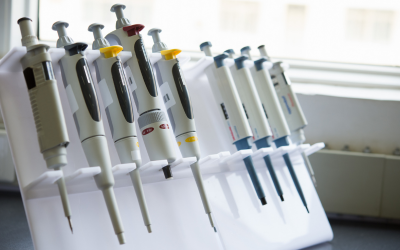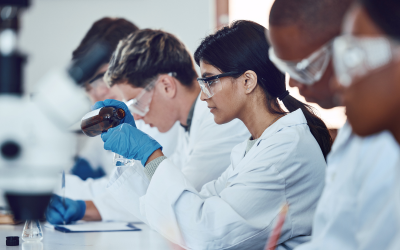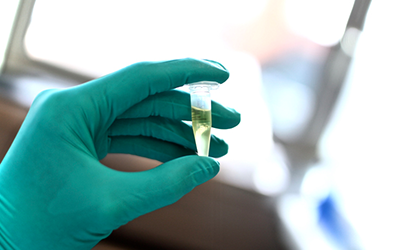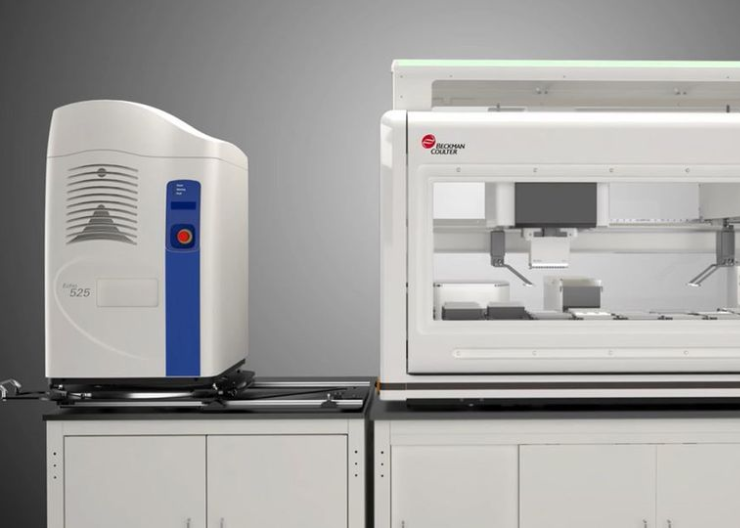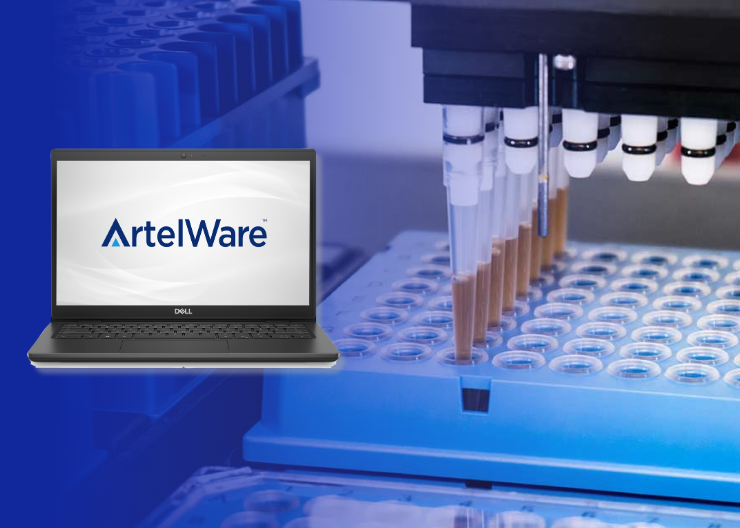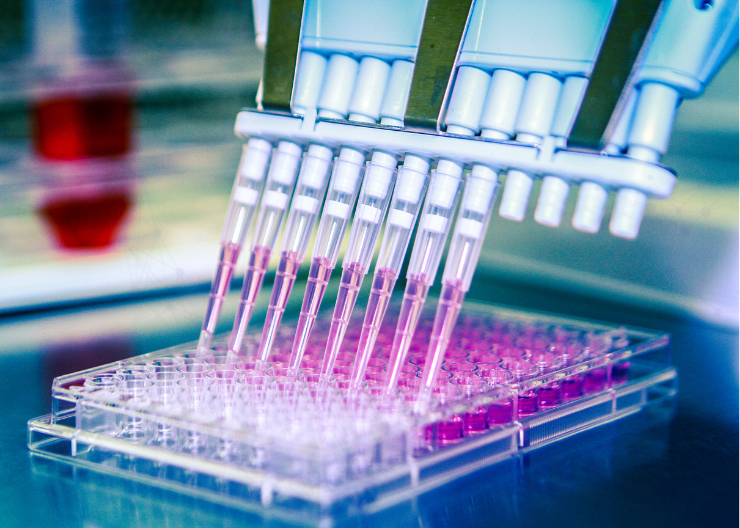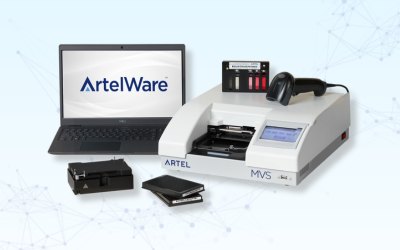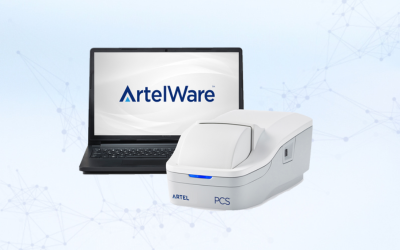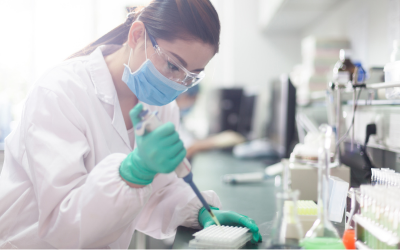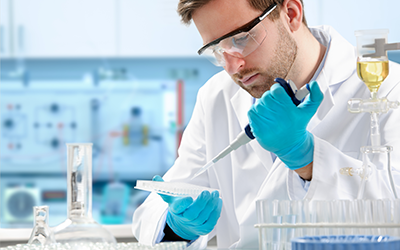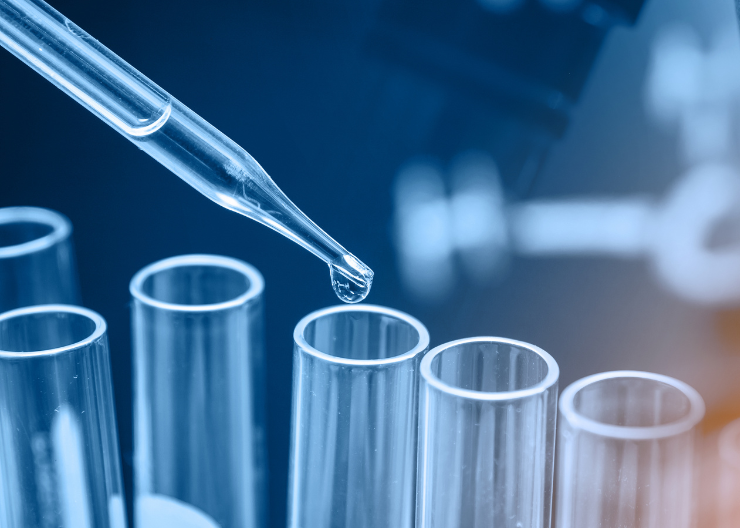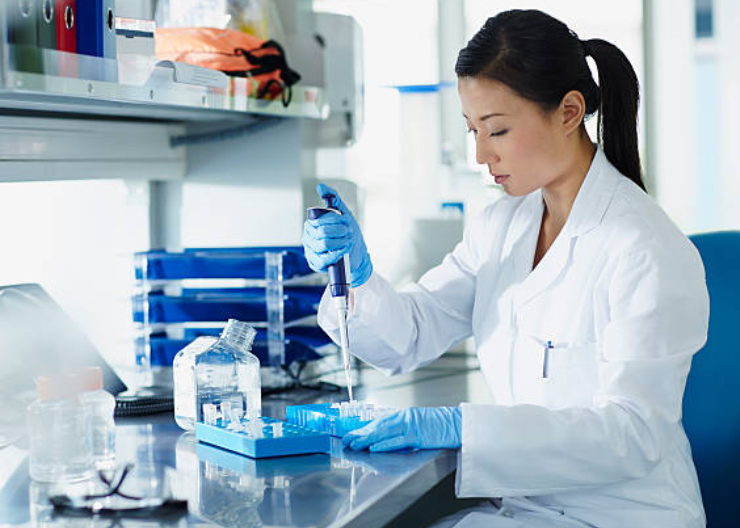Top Tips to Facilitate Assay Transfer Within and Across Laboratories
With life sciences industry racing down the path towards globalization and outsourcing, the importance of ensuring that assay data collected in one laboratory is comparable with data collected in another is more important than ever.
Data collected from all over the world is used in the new drug approval process, forensic data collected across different states or countries is often needed to convict felons, and development of clinical diagnostics is more frequently an international, multi-laboratory program.
Ensuring that assays give the same results on different platforms or in different laboratories is one of the most complex activities performed in laboratories. Whether the assay transfer involves scaling up an assay to a higher throughout platform or moving an assay from a development to a quality control environment, assay transfer failures can result in significant delays in projects and manufacturing, additional costs and incomparable data. In today’s laboratory environment where time-to-market pressures, fierce competition and scarcity of resources are commonplace, steps must be taken to prevent unnecessary problems.
To ensure effective transfer, all elements of an assay must be carefully analyzed and understood before the transfer is started. While differences in equipment, reagents, technique and interpretation of methodology are typically the focus of assay transfer preparation, less obvious variables – such as liquid handling instrumentation – are often ignored. However, liquid handling instruments are some of the most common laboratory devices and the most common cause of assay transfer failure.
The accuracy and precision of liquid handling instruments, such as pipettes and automated liquid handlers, cannot be taken for granted. Errors in liquid delivery can often go unnoticed, undocumented or misunderstood, and can come from a variety of sources, such as the liquid handling instruments, operators and environmental conditions in the laboratory. These errors can propagate during assay transfer and significantly affect results.
To prevent liquid handling problems and guarantee successful assay transfer, a laboratory can follow three basic steps: understand the assay, implement regular verification and calibration checks of liquid handling instrumentation, and develop detailed documentation.
Step 1: Understand the assay
Variations in the amount of liquid delivered will alter analyte and critical reagent concentrations, which in turn affect the veracity of assay data. To minimize these effects it is recommended that each of the liquid handling steps in the assay is analyzed in terms of the parameters listed in Table 1.
By precisely describing each liquid handling action, the critical liquid handling steps can be identified and the critical parameters evaluated. This process will highlight any areas of the protocol that could prove problematic during assay transfer.
| Table 1. Parameters That Affect a Working Assay |
| Assay Parameters
Plate or tube format (96, 384, etc.)
Selected analyte concentration
Number and type of dilution steps
Number of liquid transfers
Number of incubation or centrifugation steps
Number of wash steps
Dispense order
Liquid properties (viscosity, temperature, etc.) |
| Instrument Parameters
Target or off-set volume
Single vs. multi-sequential dispenses
Reagent mixing protocol
Aspirate/dispense rate
Aspirate/dispense height
Pertinent liquid class settings
Accuracy of volume transfer
Overall speed between transfers (time delays)
Precision of volume transfer
Wet vs. dry dispense
Type of liquid handler/pipettor:
• Number of tips
• Air displacement, system fluid, acoustic ejection
Types of Tips / Cannulas:
• Max/min volume capacity
• Fixed vs. disposable
• Dry tip vs. wet tip
• New tip vs. used tip
• Carryover
• Tip touches
• Sterilized vs. unsterilized disposable tips
• Use of filter |
| Laboratory Parameters
Operator skill and technique standardization
Environment, temperature, and humidity |
Step 2: Implement regular verification and calibration checks
The next step involves evaluation of the accuracy and precision of delivered volumes. Implementation of verification checks prior to assay transfer ensures that the performance of the liquid handling instrument is known and reduces the potential for failure. Additionally, regular calibration at both the transferring and receiving sites further minimizes the risk of error. If the performance of the liquid handling instruments at both sites is evaluated using the exact same method, risk of error can be minimized as the results will be directly comparable.
For assay data to be reliable, the amount of liquid dispensed needs to be both accurate and precise. Accuracy refers to how close the amount of liquid transferred is to the target volume, whereas precision tells us how close the repeated measurements in a group are to one another.
If we imagine a shooting target, accuracy relates to how close to the target a shot is, or how close to a target volume the volume dispensed is. Precision relates to how close together a number of shots are, or how much each delivered volume deviates from the others. It therefore follows, that a liquid handling instrument could be precisely inaccurate, or imprecisely accurate.
There are a number of methods used to evaluate the volume transfer performance of liquid handlers and pipettes. For example, gravimetric analysis is often used to measure the weight of liquid dispensed using an analytical balance and is adequate for larger volumes such as high microliter to milliliter quantities. However, the gravimetric method is not as effective at low microliter and nanoliter quantities and can only determine the average accuracy across multi-well plates.
In contrast, ratiometric photometry provides a simple and effective method for determining both precision and accuracy across a wide range of volumes, and is particularly powerful for volumes as low as 0.01 μL. It can also be used to determine the volume dispensed into each individual well of a multi-well plate.
Ratiometric photometry uses a dual-dye, dual-wavelength absorbance method to calculate how much liquid has been dispensed in a single measurement using an innovative application of the Beer-Lambert law. A sample containing both a red and blue dye is dispensed into each dimensionally characterized well of a microtiter plate. The wells are then filled with a sample of blue dye at the same concentration of that dispensed in the sample. The volume of sample solution dispensed into each well is then calculated and the accuracy and precision of the instrument determined.
This method provides laboratories with an easy-to-use process to verify the performance of any type of liquid handler, allowing device performance to be compared regardless of model, location, or number of dispensing channels.
Step 3: Develop detailed documentation
Generating effective documentation is another critical part of pre-transfer work. A detailed standard operating procedure (SOP) describing the assay, as it is executed in the transferring site, is key because it provides a standard for training and executing at the receiving site.
Robust and detailed SOPs created during or after assay development at the transferring site provide information that can further define assay steps to reduce problems at the receiving site. For instance, detailing the liquid handling steps in Table 1 will allow the receiving site to focus on details that may have otherwise been overlooked, and will ultimately make a successful transfer more likely.
Another important component is the transfer protocol, which is a formal protocol defining the expectations for the transfer exercise. It provides agreement between the sites on how the transfer will be executed, and defines the criteria for a successful assay transfer. A comparison between the results for identical samples at both sites is required, and an equal number of determinations for each sample at each site are advisable to simplify statistical analysis.
Additional information and documentation from the sender such as regulatory submissions, raw data, material analysis and development reports can be very useful. These can support future regulatory submissions and further assay transfers.
Confidence without boundaries
Liquid handling steps are a controllable but often ignored variable in assay transfers. Understanding the parameters that affect a working assay, implementing regular verification and calibration checks on liquid handling instrumentation, and developing detailed documentation on liquid handling steps contribute to the overall success of an assay transfer and help laboratories save time and resources, while increasing confidence in results.


